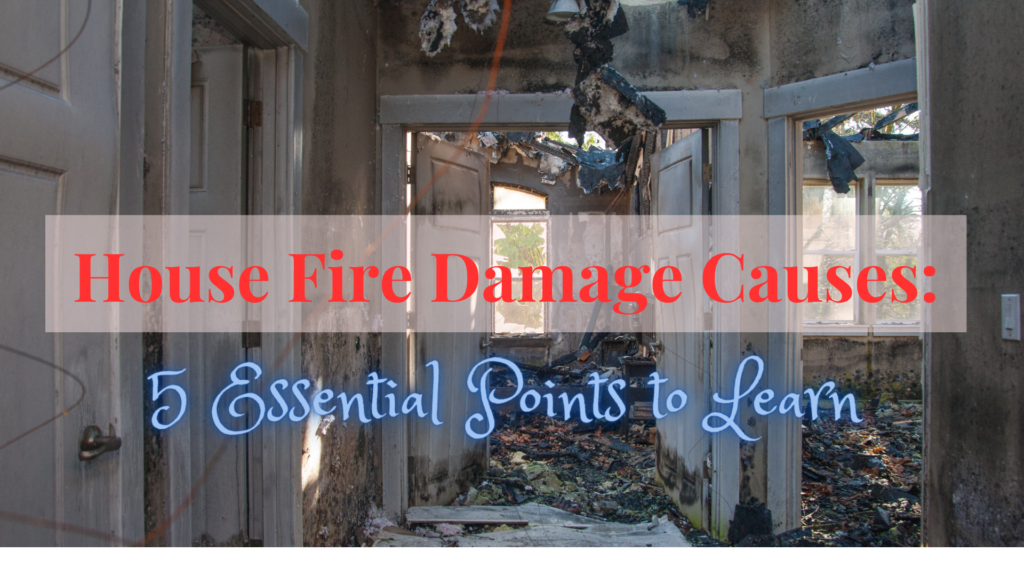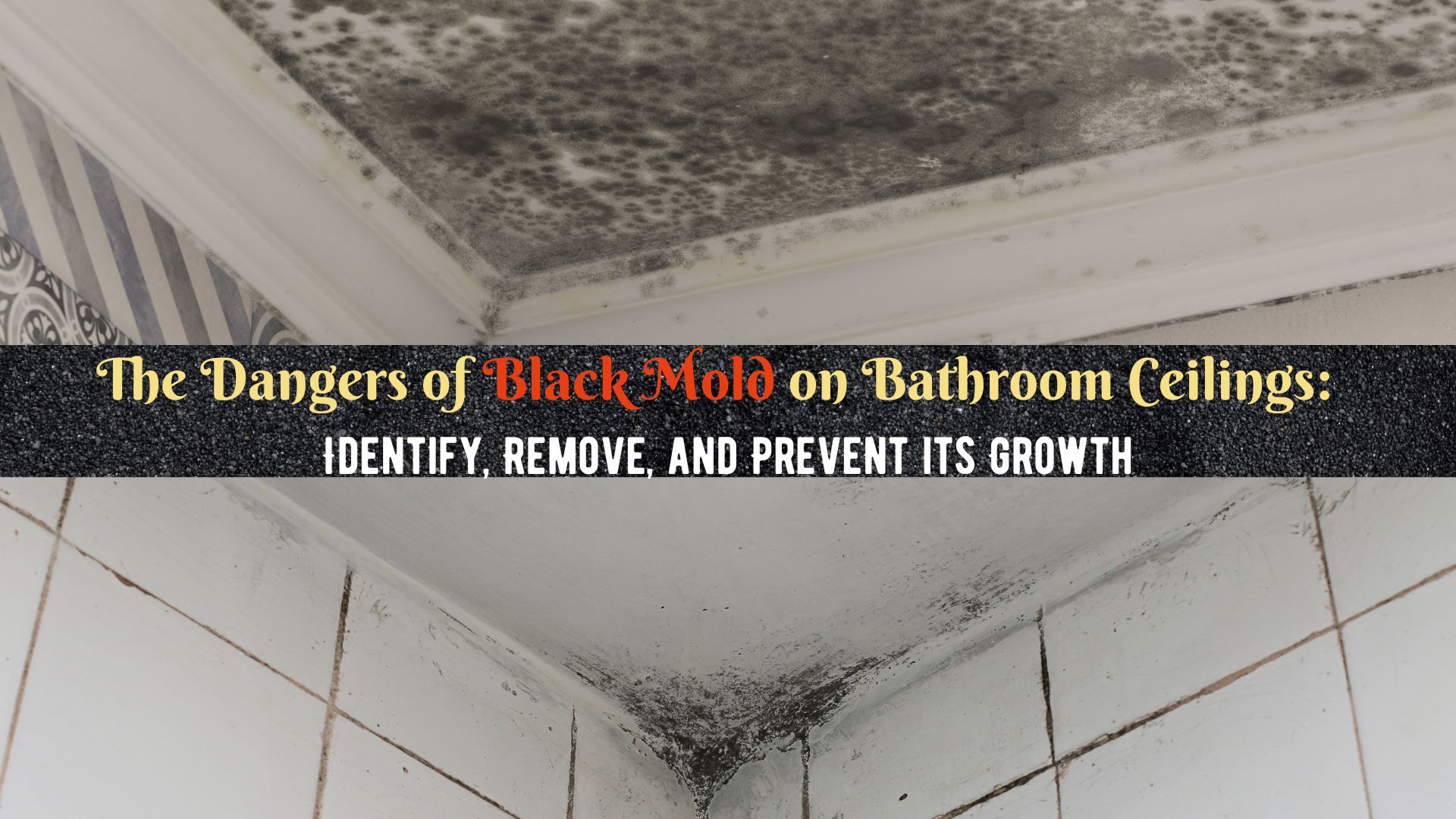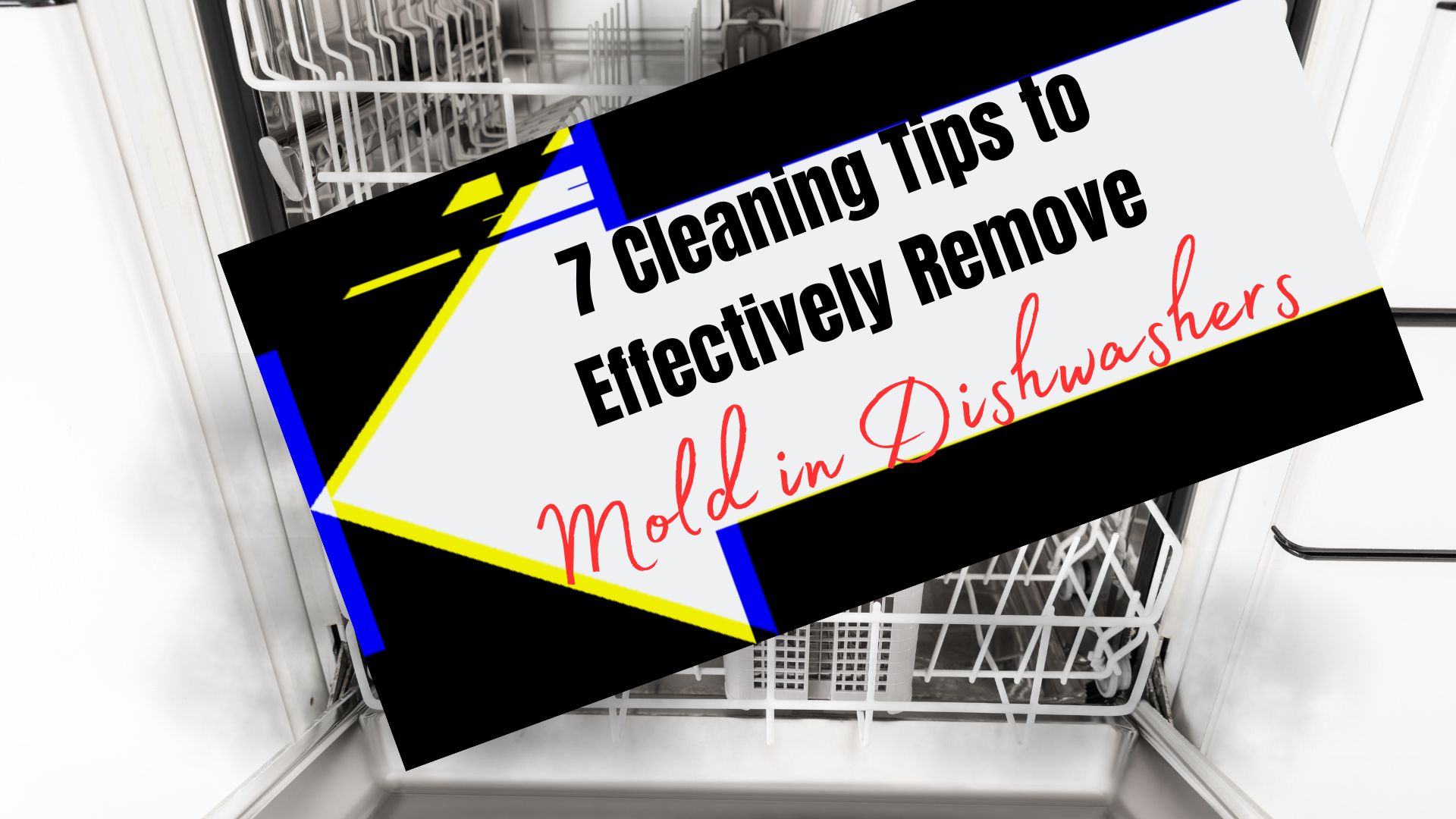House fire damage can be devastating, causing significant physical and emotional harm. It can destroy or damage homes and personal items, and result in injuries or fatalities. The aftermath of a house fire can be overwhelming, requiring extensive cleanup, repairs, and rebuilding efforts.
Furthermore, the cost of house fire damage can also be substantial, including the repair costs, replacement of personal belongings, and medical bills. Taking proactive measures to prevent house fires, such as following safety guidelines and installing smoke detectors, can help mitigate the risk of fire damage.
Top 5 Causes of House Fire Damage
Cooking
Cooking was the primary cause of house fire damage and injuries and the second leading cause of home fire deaths between 2015-2019. Cooking caused 49% of all reported home fires, resulting in 42% of home fire injuries and 20% of home fire deaths. Thanksgiving was the peak day for home cooking fires in 2019, followed by Christmas Eve and Christmas Day.
Home Cooking Safety Tips:
- Remain vigilant and avoid using the stove or stovetop if you are feeling drowsy or under the influence of alcohol.
- When frying, grilling, boiling, or broiling food, stay in the kitchen at all times.
- If you are cooking food by simmering, baking, or roasting, regularly check the food and remain in the kitchen. Consider setting a timer as a reminder.
- It’s important to keep flammable items such as oven mitts, wooden utensils, food packaging, towels, or curtains away from the stovetop to prevent fires.
Heating
From 2016 to 2020, local fire departments attended approximately 44,210 fires that involved heating equipment each year. These incidents made up 13% of all reported home fires during that period. As a result of these fires, there were 480 civilian deaths, 1,370 civilian injuries, and more than $1 billion in direct property damage annually.
Heating Safety Tips to Prevent House Fire Damage
- Keep all combustible materials, such as furniture, curtains, and bedding, at least three feet away from heating equipment.
- Always turn off portable heaters when leaving a room or going to sleep.
- Have your heating system inspected and serviced by a qualified professional every year.
- Install and maintain carbon monoxide (CO) alarms in your home, especially near sleeping areas.
- Use only vented heating equipment designed for the type of fuel you are using.
- Clean and maintain chimneys, fireplaces, and wood stoves regularly to prevent the buildup of creosote, which can cause chimney fires.
- Never use an oven or stovetop to heat your home.
- If using a space heater, plug it directly into a wall outlet instead of an extension cord or power strip.
- Do not use heating equipment with frayed cords or damaged plugs.
- Keep children and pets away from heating equipment, and never leave them unattended around a heating source.
Electrical
We often overlook the potential fire hazards that come with the power of electricity, despite it making our lives easier. NFPA and ESFI advise that to minimize risk, it is best to hire a qualified electrician to conduct all electrical work, including inspections, when purchasing or renovating a home.
Electrical Safety Tips
- Hire a qualified electrician to perform any electrical work in your home or workplace.
- Use safety plugs in all electrical outlets that are not in use, especially if you have children.
- Avoid using appliances with frayed cords or damaged plugs.
- Do not overload electrical outlets or circuits.
- Use extension cords only when necessary and follow the manufacturer’s instructions.
- Keep electrical appliances and cords away from water or other liquids.
- Use ground-fault circuit interrupters (GFCIs) in areas where electricity and water may come into contact, such as bathrooms and kitchens.
- Do not touch electrical appliances or switches with wet hands.
- If an appliance or cord is hot to the touch or emitting a burning smell, turn it off and unplug it immediately.
- Test your smoke alarms regularly and replace the batteries at least once a year.
Smoking
Cigarettes, pipes, and cigars, which are classified as smoking materials, accounted for 5% of reported home fires, caused 10% of home fire injuries, resulted in 23% of home fire deaths, and caused 6% of direct property damage.
Smoking and Home Fire Safety Tips
- If you smoke, smoke outside. Use a sturdy ashtray or can filled with sand to collect cigarette butts and ashes.
- Keep smoking materials away from anything that can burn, such as furniture, bedding, and curtains.
- Never smoke in a home where oxygen is used, even if it is turned off.
- Make sure you completely extinguish cigarettes and smoking materials before throwing them away. Dousing them in water or sand can help ensure they are completely out.
- Install and maintain smoke alarms on every level of your home and in every sleeping area. Test them once a month and replace the batteries at least once a year.
- Have a fire escape plan and practice it with your family. Ensure everyone knows two ways out of every room and where to meet outside in case of a fire.
- If a fire occurs, get out of the house and stay out. Call the fire department from a neighbor’s home or a mobile phone.
- If you have guests who smoke, provide them with large, deep ashtrays and check them frequently. Make sure cigarette butts are completely out before throwing them away.
- Consider quitting smoking altogether to eliminate the risks associated with smoking materials and fires.
Candles
About 37% of home candle fires originated in bedrooms, resulting in 35% of associated deaths and 47% of associated injuries. Falling asleep was a contributing factor. Moreover, approximately 60% of candle fires in homes occurred when combustible materials were left too close to the candle. The incidence of candle fires reaches its peak during December and January (winter months).
Candle Safety Tips
- Always keep candles within sight and never leave them unattended.
- Keep candles away from flammable materials such as curtains, bedding, books, and papers.
- Place candles on a stable surface and away from the reach of children and pets.
- Avoid using candles in bedrooms and other areas where people may fall asleep.
- Use candle holders that are heat-resistant, non-flammable, and large enough to catch dripping wax.
- Trim candle wicks to ¼ inch before lighting them to prevent excessive flame and smoking.
- Extinguish candles before leaving a room or going to bed.
- Consider using battery-operated candles instead of traditional candles, especially in households with young children or pets.
For House Fire Damage Issues, Contact Superior Restoration of Corona
Superior Restoration is a company that specializes in restoring properties affected by fire damage. We understand the devastating effects of house fires on individuals and families, and strive to provide exceptional service to help our clients recover as quickly and smoothly as possible.
Our company has an equipped team of experts who uses advanced equipment and techniques to handle even the most complex fire damage restoration projects. With our years of experience and commitment to customer satisfaction, Superior Restoration is a trusted choice for your house fire damage restoration needs. Call us today!





